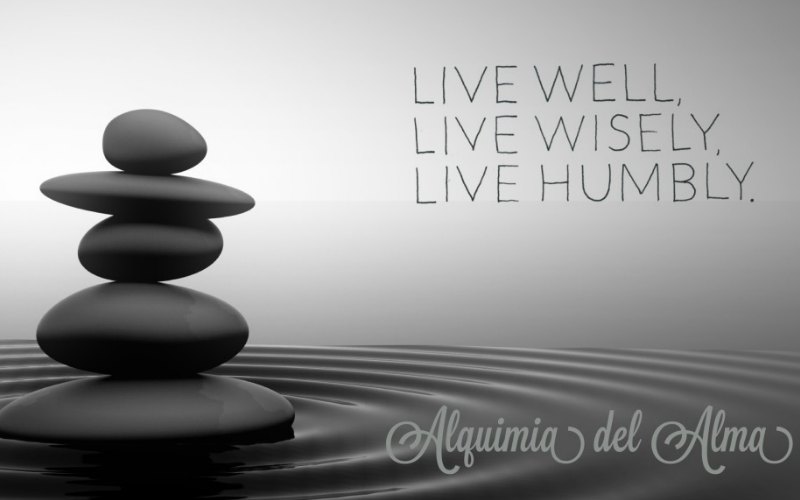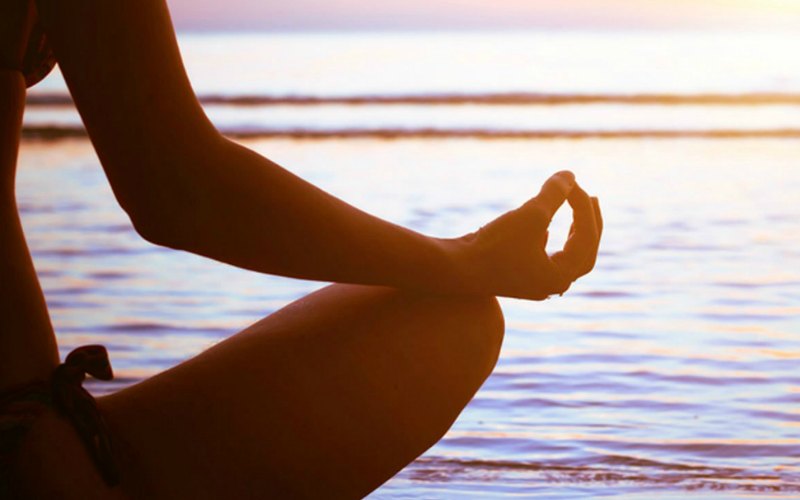
Creating an Oasis for Your Meditation Practice
We all hear about the benefits of meditation, yoga, and relaxation techniques. We know the perks of establishing a routine and creating an environment to foster calm and peace. We even recognize when we need a little extra downtime in our own lives. However, in a society filled with chaos and a constant “go” mentality, finding a place to unwind, grow, and reflect can definitely be difficult. The good news is that with a little space, a few key items, and a well-thought out plan, creating a mini oasis for your mediation practice is quite tangible. Follow the simple tips below to begin the process of creating your Zen environment.
Location, Location, Location
The first thing you want to do in creating your oasis is to determine the proper location. Rule number one is to avoid high traffic areas. If you have kids or pets in your home, do not select a space where there tends to be a lot of movement, noise, and community. For example, your living room may not be the best choice if it is used primarily as a place for people to come together to connect. The next space you want to rule out is anywhere where your work or a “to-do” list is staring you down. Your office would be a perfect example of such an environment. Bedrooms, and in some rare cases bathrooms depending on what meditative technique you choose, tend to make the ideal selections for creating your mini oasis. Find a section of the space you can build upon, keeping in mind you do not have to use the entire room, and begin removing any items that overstimulate or distract you.
In certain situations, you may not be able to find an ideal location for your oasis simply because of a lack of space or the layout of the home. If this is the case, consider spaces in your home you could segregate and block out the “noise” of the environment. For example, if the living room is the only place for you to create a little nook, consider how you can separate your oasis from the rest of the room. You may find using a low standing book shelf, a room divider, or a few plants help you create a division within the space.
Select Items that Speak to You
When selecting items to bring into your space, it can be easy to get off on the wrong foot. One of the biggest mistakes people make when selecting their items is in the choice of color. Even if you tend to like bold vibrant colors, you are going to want to stick to neutrals, greys, and earth tones. Bold colors excite the brain, foster creativity, and create energy for those who are drawn to these colors. However, if focused mediation is what you are going for, the softer natural colors will allow you to settle, calm, and steady the mind. With that said, do not opt for an entirely white color palate as this often produces a sterile environment.
Once you have decided on a color scheme, consider the textures that tend to ground you. For example, do you prefer plush rugs and a lot of cozy pillows, or are you drawn to streamlined pieces with quite a lot of structure? Look at the elements you wish to bring in and mindfully reflect on what textures make you feel most secure and calm. During this process, be careful not to select items that make you so relaxed you become tired. There is a balance to be found, so take your time and consider your options.
There are a few fundamental items you may want to consider incorporating into your space. For example, an essential oil diffuser has a lot to offer you when it comes to creating a relaxing environment. High quality essential oils such as lavender, patchouli, and cedarwood can help promote a sense of focused calm when diffused into your space. We often forget how important our sense of smell can be when creating a conducive environment for reflection and personal growth. You may also want to contemplate including a few green plants for air purification, finding a source of natural light such as a bright window, and soft instrumental music. Last, but not least, bring into your space whatever meditative tool you are wanting to use to assist you in your journey. This item may be a candle, a journal, a book, a Bible, a guided meditation instructional, a yoga mat, or anything else you wish to use for your focused meditation.
Final Placement
After you have selected your space and found the pieces you wish to incorporate, the next step for you to do is to establish a layout for your oasis. As you bring in your décor pieces, try to create an environment that contains both a sense of coziness, and a feeling of openness and flow. What this means is you should have a “hub” where your meditation can take place that incorporates several key elements you have selected and the tools you will use for your practice, and then allow the rest of the space to flow out from this hub. Create negative space and openness in order to draw your eyes and your attention to your focal point, your reason for creating the oasis. By establishing the space in this way, you are creating a tranquil atmosphere uncluttered and focused for your practice.
Although you can take your meditation practice anywhere, establishing an oasis in your home provides the proper environment for optimal personal growth and exploration. You are telling yourself that you deserve this space, this time, and this moment for reflection and contemplation. Creating a nook allows you to settle in more quickly, foster a routine for your practice, and signal to others you are taking some personal time when you slip away to your mini retreat. You deserve to care for yourself, and one of the best steps you can take is creating an oasis that is uniquely your own.
















